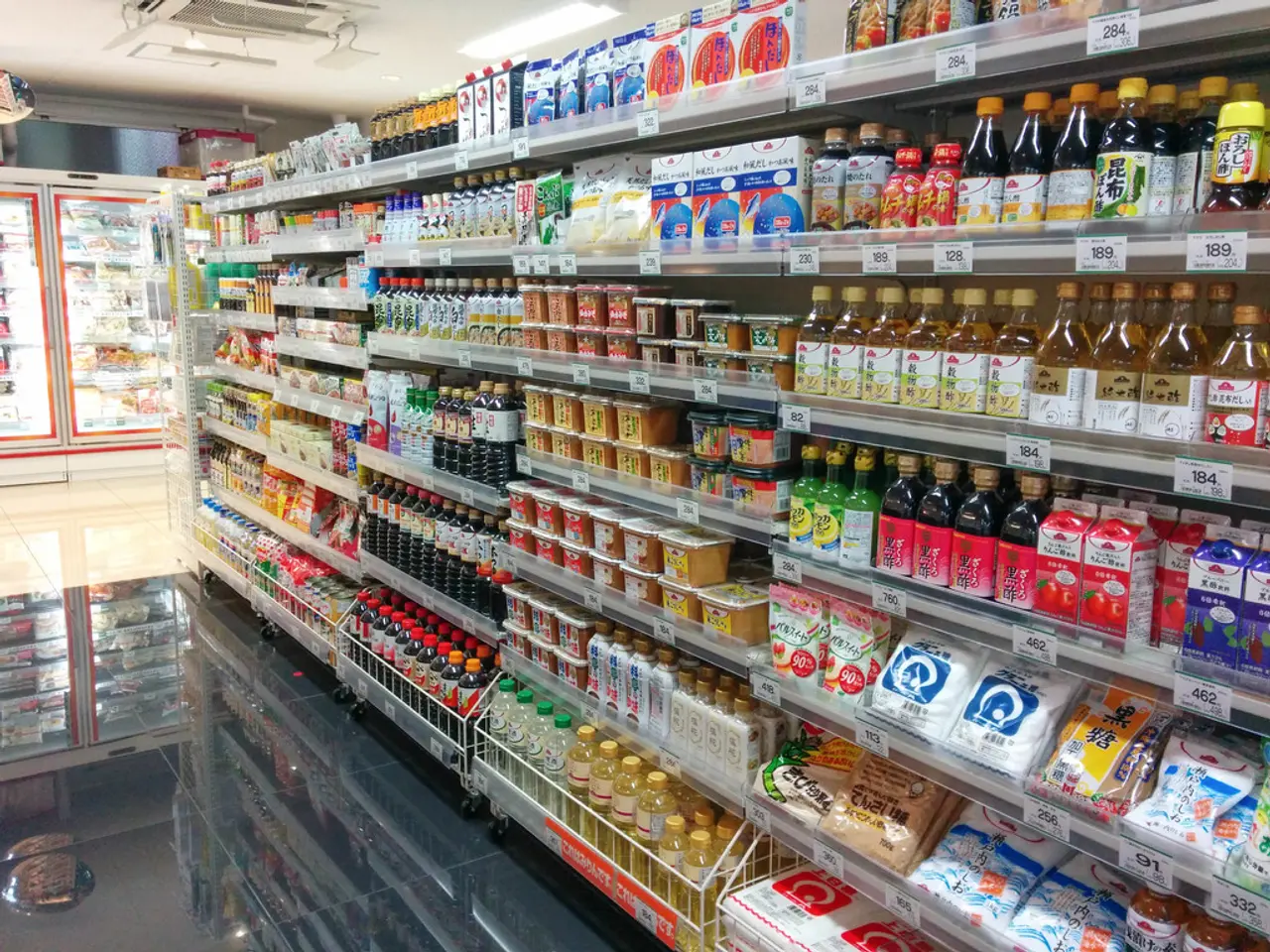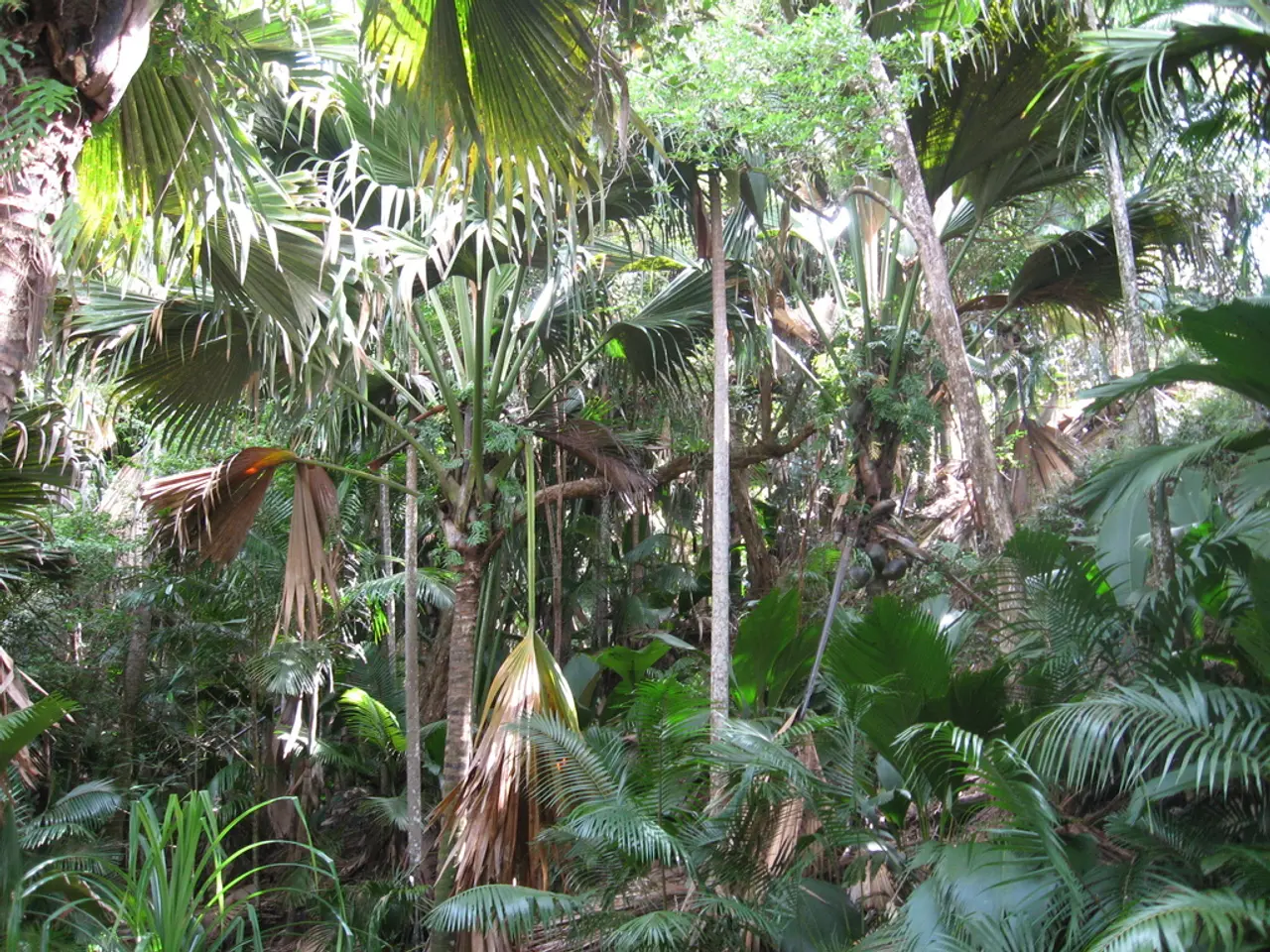Iranian support for the adoption of micro combined heat and power technology through CTCN (Clean Technology Centre Network) initiatives
In a significant move towards energy efficiency and sustainability, the Climate Technology Centre and Network (CTCN) is offering assistance to Iran in various areas, including energy cogeneration and solar energy technology.
CTCN's role in Iran extends beyond energy cogeneration, as it is also aiding the country in the development of solar energy technology, particularly in the design and manufacturing of Photovoltaic (PV) solar cells. This separate initiative, which recently saw the signing of a response plan last week, aims to address the lack of domestic suppliers for solar energy projects.
In the realm of energy cogeneration, CTCN is facilitating communications with technology providers for Combined Heat and Power (CHP) projects, and is developing a strategy for undertaking CHP capacity building on a national scale. The focus is on addressing the challenge posed by the lack of domestic suppliers for CHP projects, a major issue that has hindered progress in this area.
CHP, a new high technology in Iran, has significant effects on reducing fuel consumption and environmental emissions. It is a new method for generating power and heat simultaneously, and is aligned with the Iranian government's efforts to optimize energy supply techniques for increased efficiency and reduced emissions.
While the current status of CHP technology transfer in Iran is not explicitly detailed, global efforts towards technology transfer in developing countries offer some insights. For instance, the CTCN has been actively assisting countries primarily in Africa and Asia to develop indigenous renewable energy technologies through innovation hubs and capacity-building programs. This approach, which emphasizes local innovation, open-source models, and capacity enhancement, is crucial to overcome supply and intellectual property (IP) challenges.
In Iran's context, engagement with organizations like CTCN could facilitate access to suitable technology transfer mechanisms. The country's energy sector is known to be working on combined cycle power plants, which are related to CHP technology. The Ministry of Electricity's projects to convert simple cycle power plants to combined cycle plants show progress towards more efficient thermal energy use, a core principle of CHP systems.
In summary, Iran's progress includes initiatives in converting power plants to more efficient combined cycle systems domestically. However, broader technology transfer success depends on developing local manufacturing and overcoming IP and supply chain barriers—challenges that global programs are addressing elsewhere in developing regions. As Iran continues to navigate these challenges, the assistance provided by CTCN is expected to play a crucial role in its pursuit of energy efficiency and sustainable technology.
The CTCN's assistance in Iran extends beyond solar energy technology and energy cogeneration, as they are also facilitating finance for renewable energy projects, with a specific focus on addressing the lack of domestic suppliers for solar energy and CHP projects. This funding could potentially contribute to the design, manufacturing, and widespread implementation of renewable-energy technology within the Iranian industry.
In the quest for energy efficiency, CTCN's strategies for CHP capacity building on a national scale could attract foreign investments, ensuring Iran's progress in CHP technology doesn't rely solely on local resources. With the global focus on technology transfer in developing countries, such as Iran, the CTCN's efforts could provide the necessary financing to overcome IP and supply chain barriers, thus promoting the growth of the renewable-energy industry.




